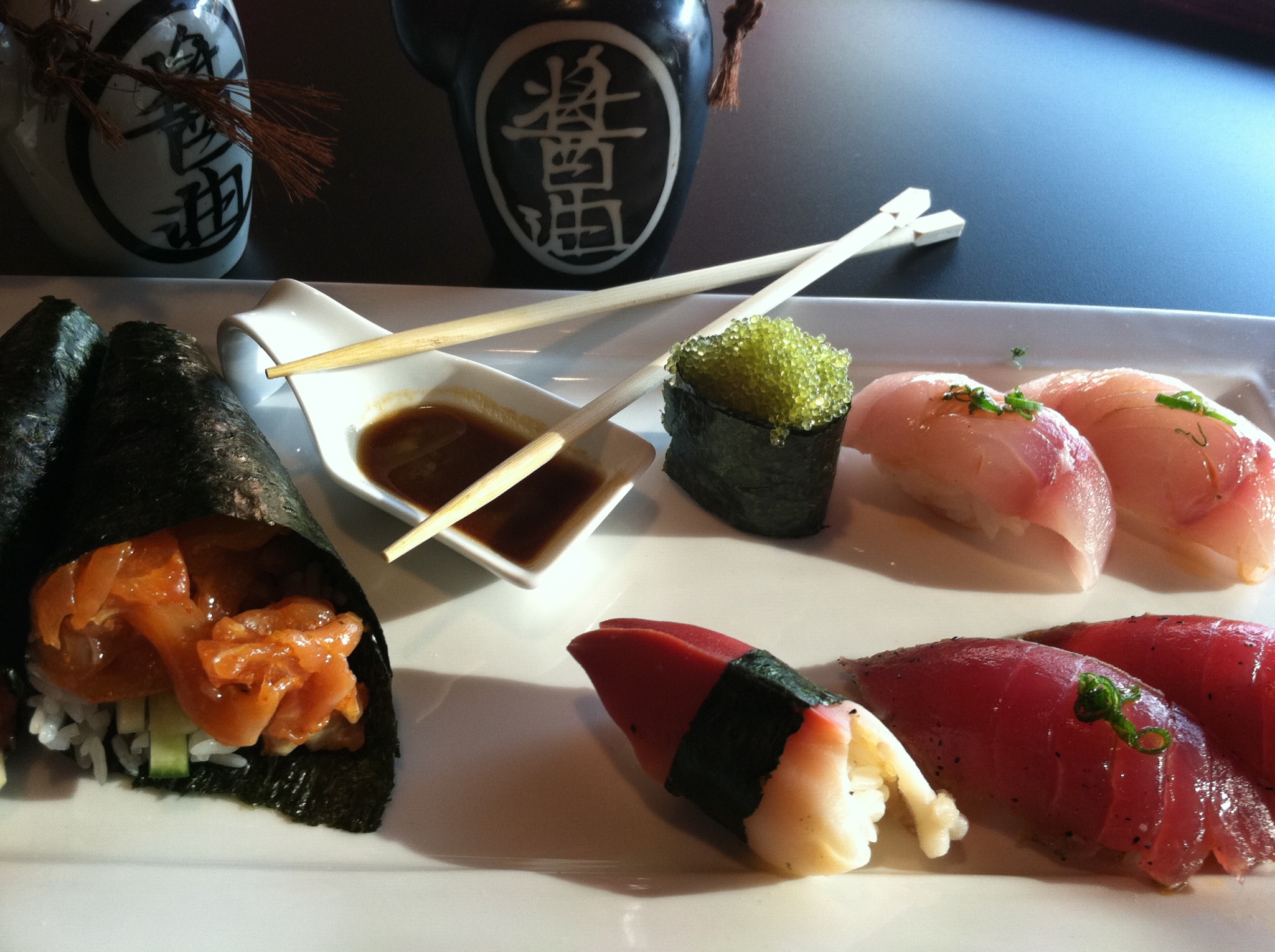Japan’s Ministry of Economy Trade and Industry (METI) plans to set up a group to review the solar Feed in Tariff (FiT). The group will study the grid’s renewable/solar carrying capacity. This is in response to news that half of Japanese utilities are starting to deny grid connection requests.
Grid stability concerns have stifled five out of 10 Japanese utilities, which are restricting new solar connections. An important note to make is that Japan is the second largest market — roughly 17% of global demand.
Connection constraints could result in slowing growth in the second half of fiscal year 2014, versus the first half. Any FiT changes that take place next year could force companies to construct and connect projects in the same fiscal year or receive reduced economics for projects in the following year.
The companies with the highest geographic exposure to module downstream projects in Japan include: Canadian Solar, SunPower, ReneSola and JA Solar. Credit Suisse analyst, Patrick Jobin, has the following ratings for solar stocks doing business in Japan:
Canadian Solar Inc. (NASDAQ: CSIQ) is not rated, but it has a consensus one-year price target of $44.06 and a 52-week trading range of $16.76 to $44.50.
READ ALSO: Analyst Sees Cliffs Going off the Cliff
SunPower Corp. (NASDAQ: SPWR) has a rating of Neutral with a three-year price target of $35. It has a 52-week trading range of $25.38 to $42.07.
ReneSola Ltd. (NYSE: SOL) has a rating of Underperform with a three-year price target of $3.25. The 52-week trading range is $2.18 to $6.00.
JA Solar Holdings Co. Ltd. (NASDAQ: JASO) has a rating of Neutral with a three-year price target of $12. It has a 52-week trading range of $8.18 to $13.14.
Credit Suisse’s Patrick Jobin also said:
As of June 2014, the country has 16.5 GW of solar installed, representing 5.7% of total installed generation capacity, 10.4% of peak demand, and 2.5% of total electricity consumption in Japan. For comparison, distributed solar in Hawaii (most penetrated state in the US) represents ~18.8% of peak demand and ~6% of total electricity consumption. Germany has 37 GWs of solar installed (61% of peak demand!). Thus more solar is possible but grid connection logistics and cooperation with utilities will become increasingly important.
Half of Japanese utilities restricting new connections due to increasing solar penetration: 5 of the 10 electric utility companies in Japan (Kyushu Electric Power, Hokkaido Electric Power, Tohoku Electric Power, Shikoku Electric Power, and Okinawa Electric Power) have reportedly stopped connecting renewable energy projects to the grid while they review the grid’s capacity for renewables. Note that while these utilities represent only 27% of the total electricity demand in Japan, the magnitude and severity of the response requires attention.
ALSO READ: Merrill Lynch’s Top Catalyst Ideas for the Fourth Quarter
100 Million Americans Are Missing This Crucial Retirement Tool
The thought of burdening your family with a financial disaster is most Americans’ nightmare. However, recent studies show that over 100 million Americans still don’t have proper life insurance in the event they pass away.
Life insurance can bring peace of mind – ensuring your loved ones are safeguarded against unforeseen expenses and debts. With premiums often lower than expected and a variety of plans tailored to different life stages and health conditions, securing a policy is more accessible than ever.
A quick, no-obligation quote can provide valuable insight into what’s available and what might best suit your family’s needs. Life insurance is a simple step you can take today to help secure peace of mind for your loved ones tomorrow.
Click here to learn how to get a quote in just a few minutes.
Thank you for reading! Have some feedback for us?
Contact the 24/7 Wall St. editorial team.

